Horses, like many animals, experience seasonal changes that can significantly impact their mood, behavior, and overall well-being. As the days grow longer or shorter, temperatures fluctuate, and forage quality changes, many horse owners notice their equine companions exhibiting different behaviors. These seasonal shifts aren’t just coincidental—they’re often rooted in biological, environmental, and management factors that affect horses on multiple levels. Understanding and addressing these seasonal mood and behavior changes is crucial for maintaining your horse’s health and happiness throughout the year. This comprehensive guide will explore the various causes of seasonal changes in horses and provide practical strategies to help your equine friend navigate these transitions smoothly.
Understanding Seasonal Affective Disorder in Horses
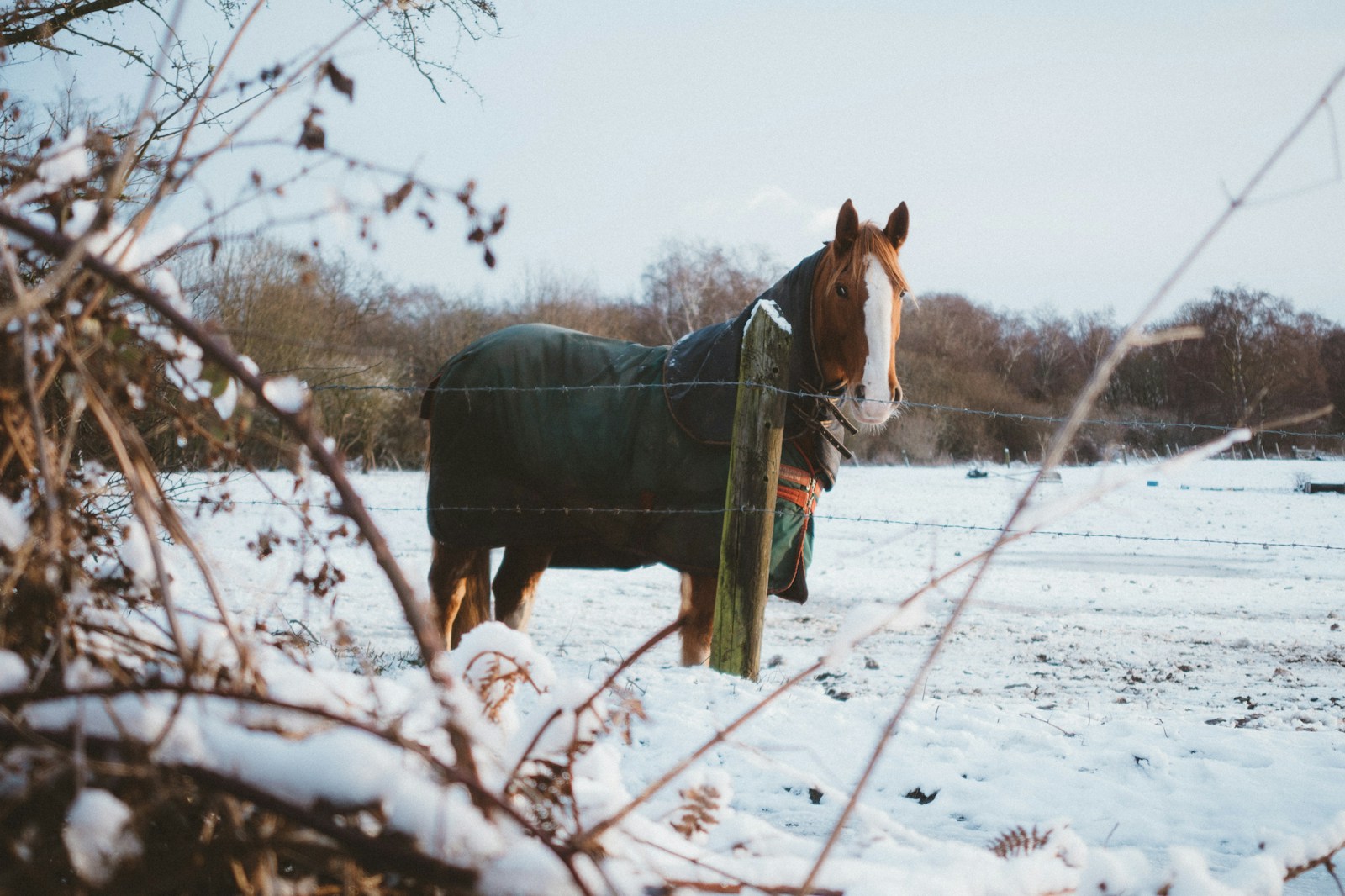
While not clinically diagnosed in the same way as in humans, horses can experience something similar to Seasonal Affective Disorder (SAD). Changes in daylight hours affect a horse’s circadian rhythm and hormone production, particularly melatonin, which regulates sleep patterns and mood. During winter months with shorter daylight hours, some horses become more lethargic, withdrawn, or appear depressed. Conversely, the increasing daylight of spring may trigger heightened energy levels and sometimes anxious behaviors. These biological responses to changing light conditions are natural but can be managed to minimize negative impacts on your horse’s well-being and performance. Understanding this biological basis helps owners distinguish between normal seasonal adjustments and more concerning behavior changes that might indicate health issues.
Recognizing the Signs of Seasonal Mood Changes

Being attentive to subtle shifts in your horse’s behavior is key to addressing seasonal mood changes early. Common signs include changes in energy level, such as unusual lethargy in winter or hyperactivity in spring, alterations in eating habits or weight fluctuations, increased spookiness or reactivity, reluctance to work, and changes in social behaviors with herd mates. Some horses may also show physical manifestations like increased sweating, muscle tension, or changes in coat condition beyond normal seasonal shedding patterns. Keeping a journal of your horse’s behavior throughout the year can help identify patterns and distinguish between normal seasonal variations and potential health concerns. Remember that each horse is an individual, and what constitutes a significant change for one may be normal for another based on their personality and baseline temperament.
The Impact of Changing Routines on Equine Behavior
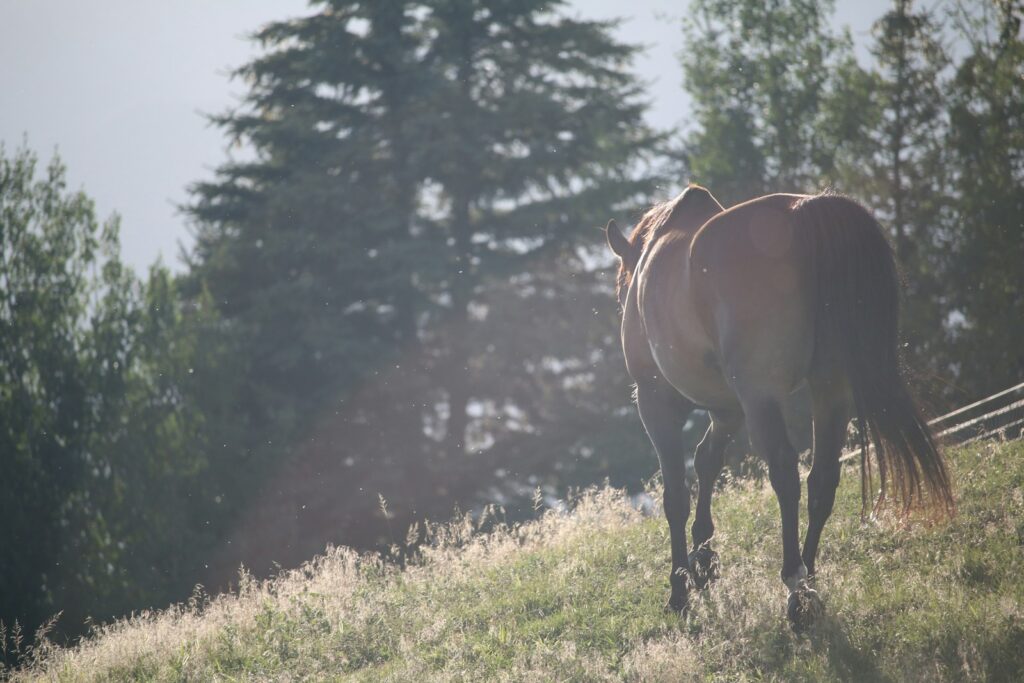
Seasonal transitions often bring changes to a horse’s daily routine, which can significantly impact their emotional state and behavior. Horses are creatures of habit who thrive on predictability and consistency. When winter weather forces reductions in turnout time, changes in exercise schedules, or alterations to feeding routines, many horses respond with increased stress behaviors like weaving, stall walking, or cribbing. Similarly, spring transitions to more turnout or increased riding schedules can create adjustment challenges. To minimize the impact of necessary seasonal routine changes, implement them gradually whenever possible. For example, incrementally reduce turnout time over several weeks as winter approaches rather than making sudden shifts. Maintaining as many consistent elements in your horse’s routine as possible, such as feeding times and social structures, can provide security during seasonal transitions.
Adjusting Nutrition for Seasonal Balance

Nutritional needs fluctuate significantly with the seasons, and proper dietary adjustments are essential for maintaining stable mood and behavior. In colder months, horses require additional calories to maintain body temperature, often necessitating increased forage and potentially concentrated feeds. Inadequate winter nutrition can lead to physical discomfort and irritability, while excess energy from inappropriate grain increases during reduced work periods can result in hyperactivity and unwanted behaviors. Work with an equine nutritionist to develop a seasonal feeding plan that accounts for changing energy requirements, available forage quality, and your horse’s workload. Consider supplementing with omega-3 fatty acids during stressful seasonal transitions, as research suggests they may support cognitive function and stress resilience. Additionally, ensure constant access to fresh, unfrozen water in winter, as dehydration can contribute to digestive issues and mood disturbances.
Creating a Lighting Schedule for Winter Well-being
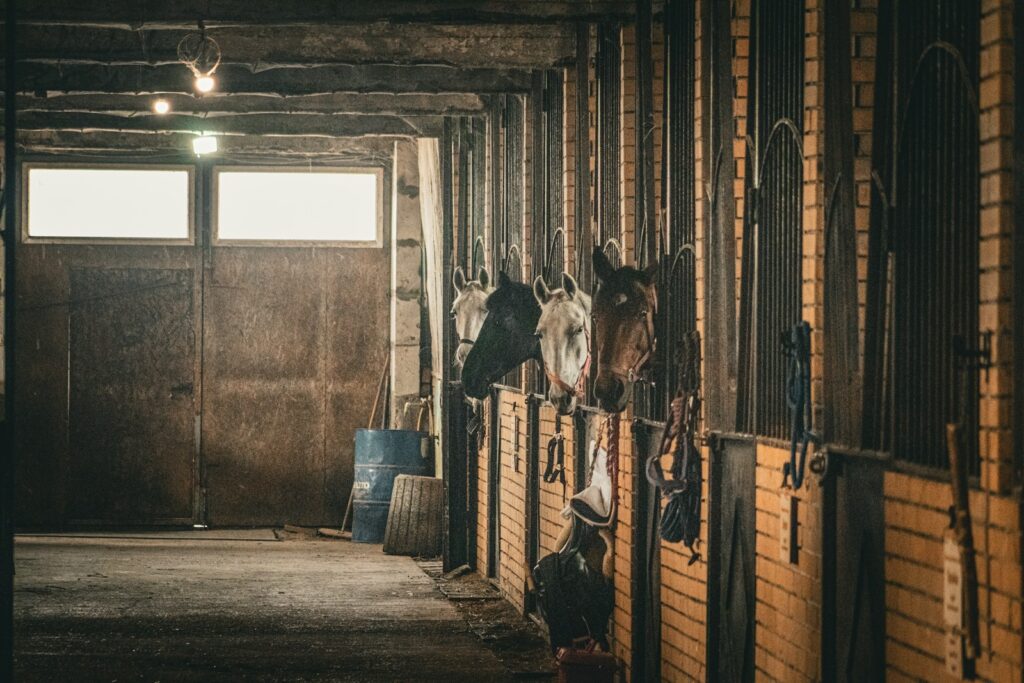
Strategic lighting management can significantly impact horses experiencing winter mood changes. Research shows that supplemental lighting providing 16 hours of light per day can help normalize hormonal cycles and improve mood. Setting up appropriate barn lighting on timers can mimic longer daylight hours during winter months, potentially reducing SAD-like symptoms in sensitive horses. For maximum effectiveness, light intensity should reach at least 100 lux at the horse’s eye level, which typically requires overhead fluorescent or LED fixtures specifically designed for equine facilities. Implementation doesn’t need to be complicated—simple household timers can automate the process, creating consistency even on days when barn schedules vary. While this approach requires some investment in proper lighting equipment, many owners report noticeable improvements in winter attitude, energy levels, and overall well-being, making it worthwhile for horses struggling with seasonal transitions.
Maintaining Exercise During Challenging Weather
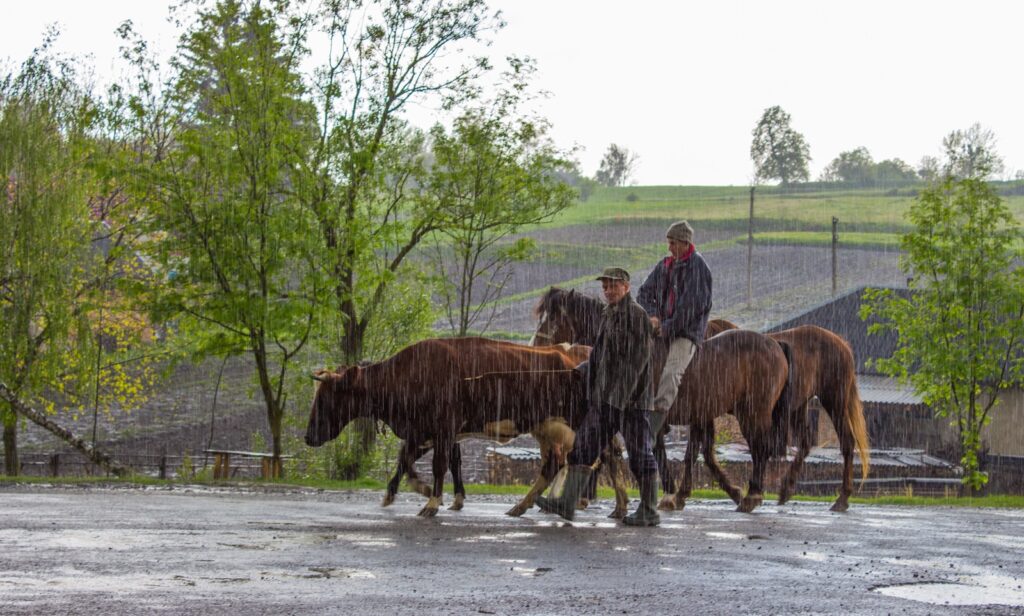
Regular physical activity is crucial for managing seasonal mood changes, yet weather conditions often disrupt exercise routines. Consistent movement supports healthy hormone regulation, proper digestion, and mental stimulation—all factors that contribute to stable mood. During inclement weather, get creative with indoor exercise options such as working in covered arenas, hand-walking in barn aisleways, using horse walkers, or incorporating groundwork sessions that challenge your horse mentally as well as physically. Even 15-20 minute sessions of carrot stretches, backing exercises, or simple in-hand work can make a significant difference in maintaining physical and mental equilibrium. For horses with reduced turnout during winter, consider scheduling multiple short exercise sessions throughout the day rather than one longer workout, as this more closely mimics natural movement patterns and helps prevent the buildup of excess energy that can manifest as undesirable behaviors.
The Importance of Social Interaction Year-Round

Horses are highly social animals whose emotional well-being depends largely on interaction with other equines, making consistent social contact essential during seasonal housing changes. When winter management necessitates increased stabling, the reduction in social opportunities can trigger anxiety, depression, and unwanted behaviors in many horses. Whenever possible, arrange stabling that allows horses to see, hear, and ideally touch neighboring horses, even if full turnout isn’t feasible. For facilities where individual turnout is the only option during muddy conditions, consider coordinating schedules so horses with established friendships can be turned out in adjacent paddocks. If management constraints severely limit horse-to-horse interaction, increased human interaction through grooming, groundwork, and simple presence can partially compensate, though it’s not a complete substitute for equine companionship. Some facilities successfully implement controlled group turnout in covered areas during winter, which maintains social structures even when pastures aren’t accessible.
Environmental Enrichment Strategies

Environmental enrichment becomes especially important during seasons when horses experience restricted movement or turnout. Thoughtfully designed enrichment activities stimulate natural behaviors, reduce boredom, and help prevent the development of stereotypies like weaving or cribbing that often emerge during seasonal confinement. Slow feeders that extend foraging time mimic natural grazing patterns and provide both physical and mental benefits. Stall toys that encourage manipulation, such as hanging balls or treat-dispensing puzzles, offer mental stimulation during confinement. For paddock enrichment, consider setting up different feeding stations that encourage movement between locations, or introduce novel objects that change regularly to maintain interest. Sensory enrichment, such as playing calming music in the barn or introducing safe natural elements like tree branches for horses to investigate, can also reduce stress during seasonal transitions. Remember that enrichment should be tailored to individual preferences—observe what genuinely engages your horse rather than assuming all enrichment options will be equally effective.
Natural Supplements for Seasonal Support

Certain natural supplements may help horses cope better with seasonal transitions by supporting their nervous system and stress response. Magnesium supplementation has shown promise for some horses with anxiety or tension, as this mineral plays a crucial role in nerve function and muscle relaxation. Adaptogens like ashwagandha and rhodiola may help normalize stress hormone levels during seasonal changes, though research specifically in horses is limited. B-complex vitamins support healthy nervous system function and may be beneficial during periods of stress or dietary transitions. For horses sensitive to spring grass changes, adding hindgut buffers or prebiotics might help maintain digestive comfort as pasture composition shifts. Before implementing any supplement regimen, consult with your veterinarian to ensure the products are appropriate for your horse’s specific needs and won’t interact with any medications or existing health conditions. Start with one supplement at a time to accurately assess effectiveness, and maintain detailed records of any behavioral changes observed.
Working with Veterinary and Equine Behavior Professionals

When seasonal mood changes significantly impact your horse’s quality of life or performance, professional guidance can provide valuable insights and solutions. Veterinarians can rule out physical causes of behavior changes, such as pain from arthritis that worsens in cold weather or hormonal imbalances triggered by changing daylight. Equine behaviorists bring specialized expertise in understanding and modifying behavior patterns, often identifying subtle environmental factors or management practices contributing to seasonal problems. For comprehensive care, consider a team approach where veterinary and behavioral expertise complement each other, creating a holistic support system for your horse. Regular professional assessments are particularly valuable during seasonal transitions, as they can catch subtle physical or behavioral changes before they develop into more significant problems. Many professionals now offer telehealth consultations for initial assessments or follow-up appointments, making expert guidance more accessible regardless of your location or seasonal travel constraints.
Creating Seasonal Management Plans
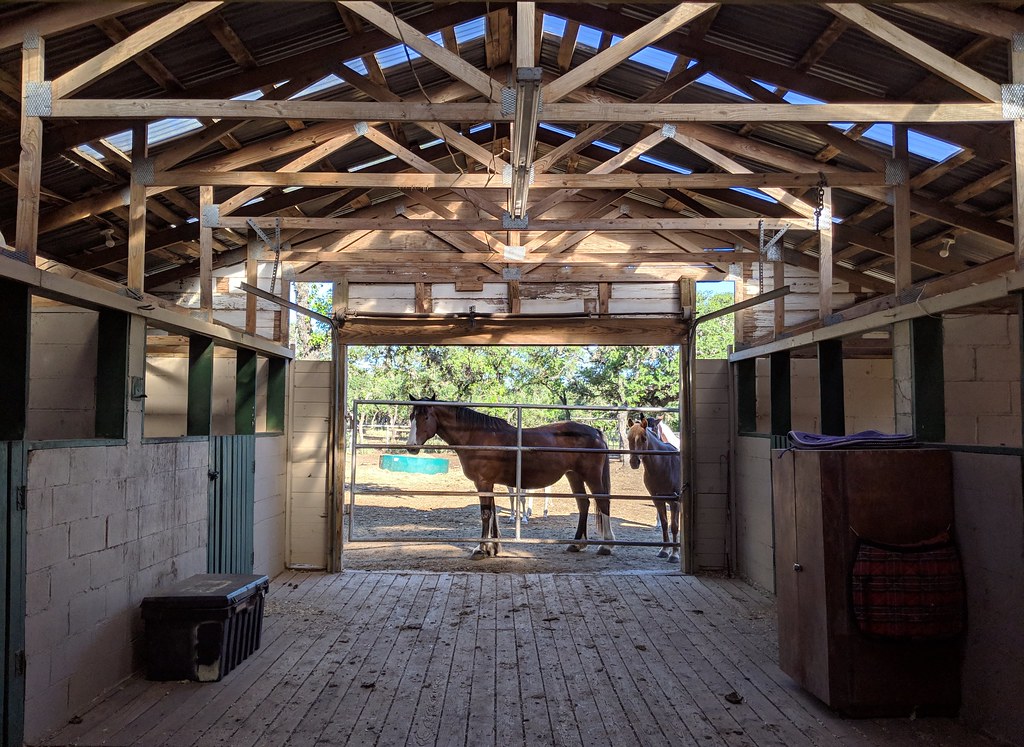
Proactive planning for seasonal transitions allows you to anticipate challenges and implement preventive strategies before problems develop. Start by creating a written seasonal management plan that includes adjustments to feeding, turnout, exercise, and healthcare specific to each season at your facility. Include contingency plans for extreme weather events, which are becoming more common with climate change. Schedule gradual transitions between seasonal routines, allowing at least two weeks for significant changes in housing, turnout time, or exercise intensity. Coordinate with barn staff to ensure consistent implementation of your horse’s plan, as unpredictable handling or management can exacerbate seasonal stress. Review and update your plan annually based on your observations of what worked well and what could be improved, creating an evolving resource tailored to your specific horse’s needs. Many owners find that digital calendar reminders for seasonal management changes help ensure timely implementation of preventive strategies.
Understanding the Spring Transition

Spring brings specific challenges as horses transition from winter management to increased turnout, changing forage, and often a more active schedule. The sudden influx of fresh spring grass introduces not only nutritional changes but also affects gut microbiome composition, which some research suggests may influence behavior through the gut-brain connection. Rising temperatures and increasing daylight hours can significantly impact hormone levels, particularly in mares and stallions as breeding season approaches. Weather instability typical of spring in many regions creates management challenges with fluctuating temperatures and unpredictable precipitation, often requiring flexible turnout schedules that can themselves become stressors. Successfully navigating the spring transition typically requires a gradual approach to all changes—slowly increasing turnout time, carefully managing access to spring grass, and incrementally building up exercise intensity as your horse’s fitness improves after winter. Monitoring weight closely during this time helps prevent both unhealthy weight gain from rich pasture and the metabolic stress that can accompany rapid weight changes.
Addressing Specific Fall and Winter Challenges
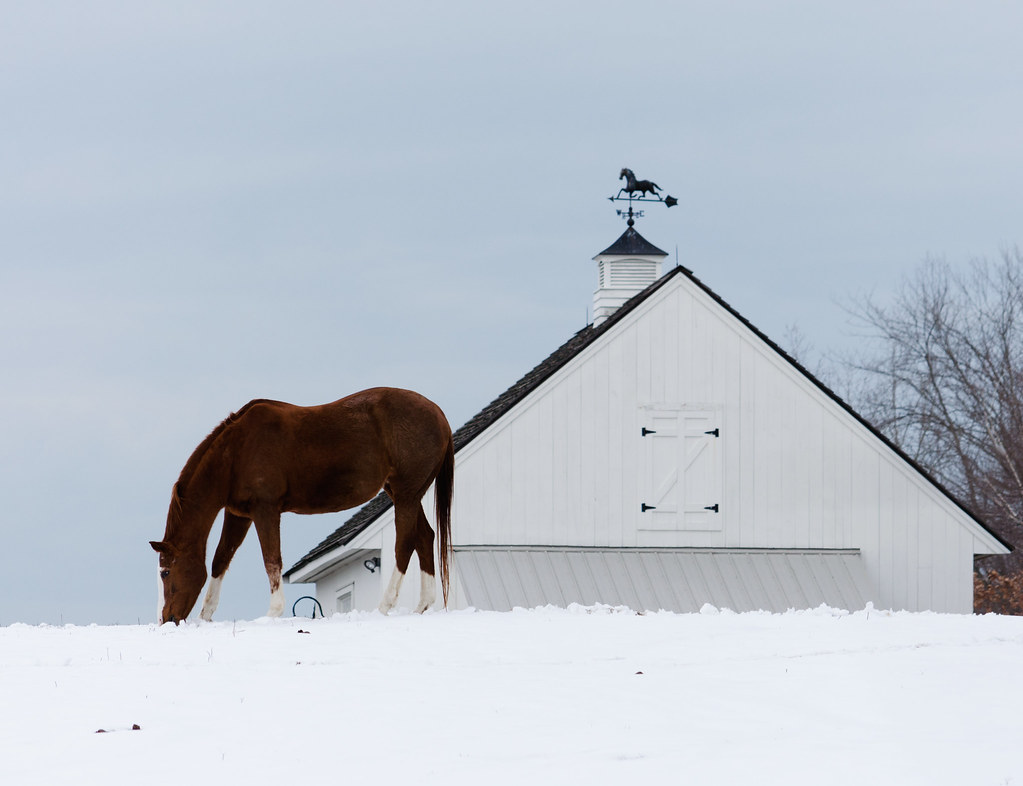
The fall-to-winter transition presents unique challenges that can significantly impact equine emotional well-being. Decreasing daylight hours affect hormone production and energy levels, often leading to coat changes that can temporarily make horses more sensitive to touch during riding. Cold weather increases caloric requirements while potentially reducing water intake, creating risks for both weight loss and impaction colic that can manifest as irritability or lethargy before showing more obvious symptoms. For horses with arthritis or other musculoskeletal conditions, colder temperatures often exacerbate discomfort, requiring adjusted exercise protocols and possibly additional pain management strategies. Implement cold-weather water management techniques such as warming water buckets, adding electrolytes, or using water flavorings to encourage adequate hydration. Consider scheduling veterinary assessments of chronically painful conditions before winter sets in, allowing time to establish effective management protocols before cold weather potentially worsens symptoms. For elderly horses particularly affected by seasonal changes, creating a comprehensive winter care protocol that includes more frequent monitoring can help maintain quality of life through challenging weather.
Building Resilience Through Training
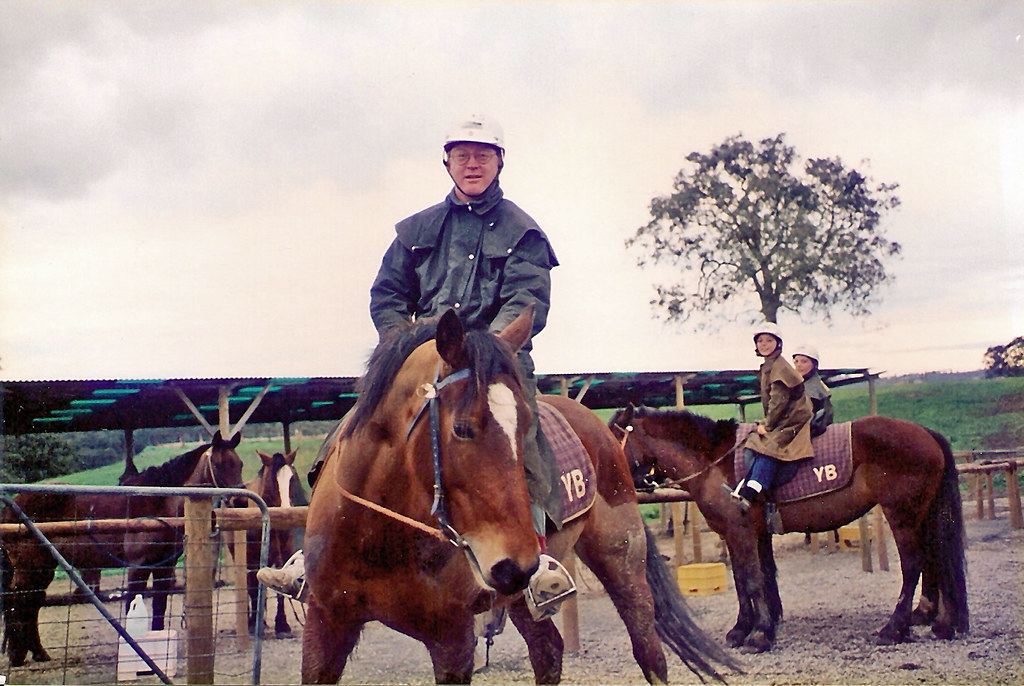
Thoughtfully structured training that builds confidence and adaptability helps horses better cope with seasonal changes and the management adjustments they necessitate. Incorporating systematic desensitization to common seasonal challenges—like wearing blankets, spending more time stabled, or dealing with wind and weather changes—creates a foundation of resilience. Training exercises that reward calmness and thinking under pressure, such as obstacle work or methodical introduction to novel stimuli, develop your horse’s problem-solving abilities and emotional regulation. During times of year when full riding programs might be limited, focus on groundwork elements that improve body awareness, responsiveness, and the horse-human connection, as these skills transfer to under-saddle work when regular riding resumes. Clicker training or other positive reinforcement methods can be particularly valuable during challenging seasonal transitions, as they create positive emotional associations that can counterbalance environmental stressors. Remember that consistency in training approach across seasons provides security for horses, even when the specific exercises or intensity must vary with weather conditions and management constraints.
Monitoring and Adjusting Your Approach

Regular assessment and willingness to adjust your management approach are essential for effectively supporting horses through seasonal changes. Implement a consistent monitoring system that tracks key indicators like weight, appetite, water consumption, manure quality, and specific behaviors on a weekly basis. Establish your horse’s normal seasonal patterns as a baseline against which you can evaluate whether changes fall within expected parameters or indicate a need for intervention. When implementing any new strategy—whether nutritional, environmental, or training-based—allow sufficient time for effects to manifest while remaining alert for any negative reactions. Document what works and what doesn’t for your individual horse, recognizing that management strategies effective in one season may need modification for another. Share your observations with everyone involved in your horse’s care to ensure consistent approach and broader perspective on subtle changes. This methodical monitoring-and-adjustment process transforms seasonal management from a reactive to a proactive approach, often preventing minor issues from developing into significant behavioral or health problems.
Conclusion
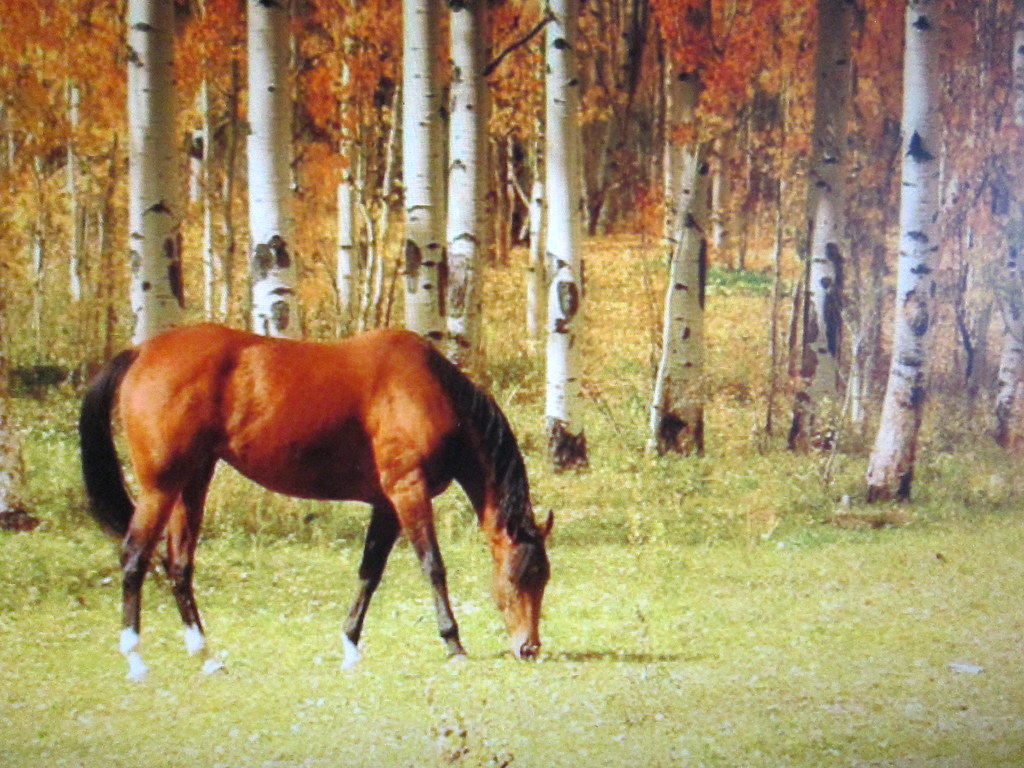
Seasonal changes present both challenges and opportunities for horse owners committed to maintaining their equine companions’ physical and emotional well-being throughout the year. By understanding the biological basis of seasonal behavior changes and implementing thoughtful management strategies that address environmental, nutritional, social, and exercise needs, you can help your horse navigate these transitions with minimal stress. Remember that each horse responds individually to seasonal factors, making careful observation and personalized approaches essential. With proactive planning, environmental enrichment, appropriate professional support, and flexible adaptation based on your horse’s responses, you can create a management system that supports year-round equine well-being regardless of season or weather challenges. The effort invested in seasonal management not only improves your horse’s immediate quality of life but often strengthens the horse-human bond through consistent, responsive care.







